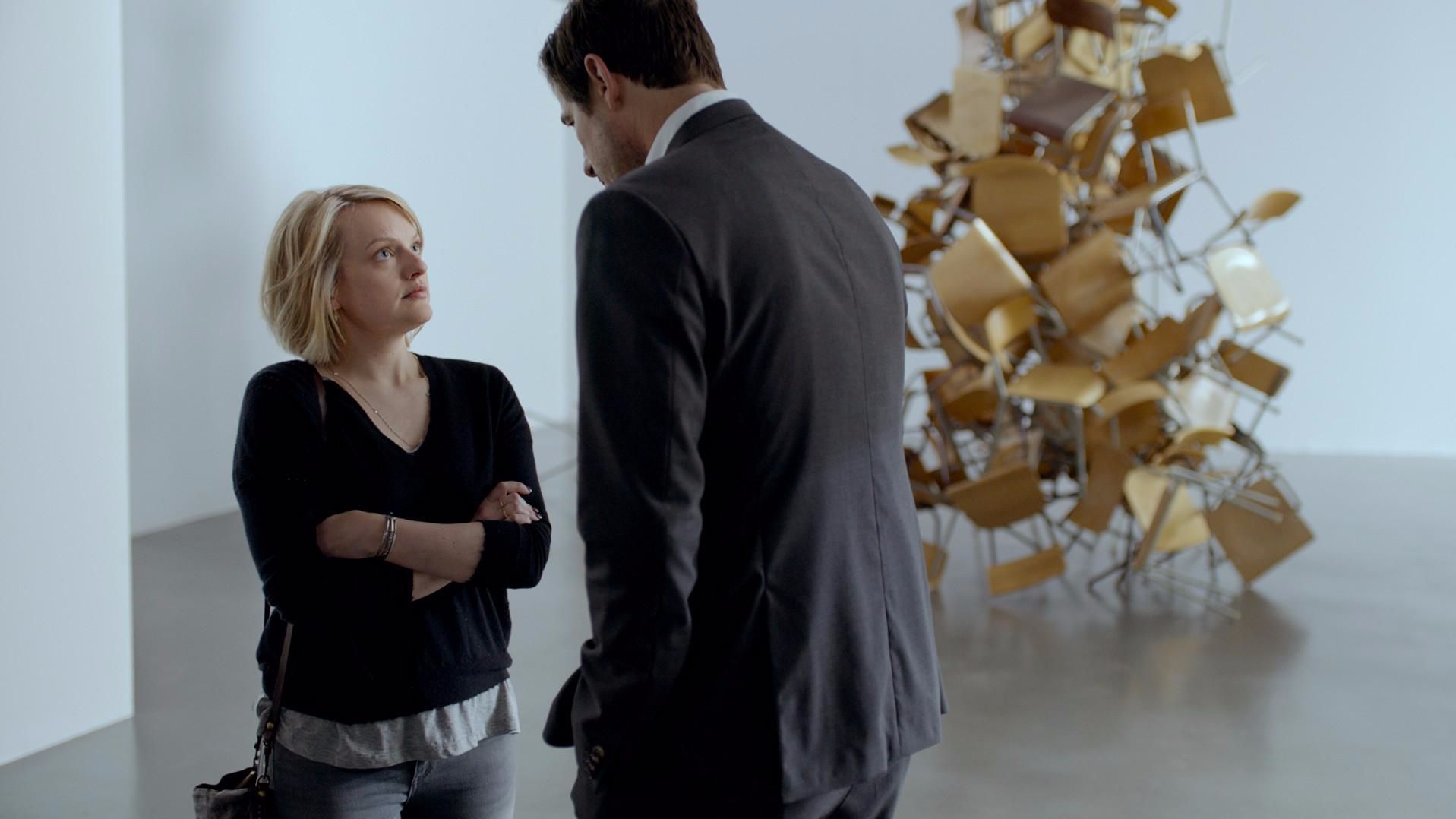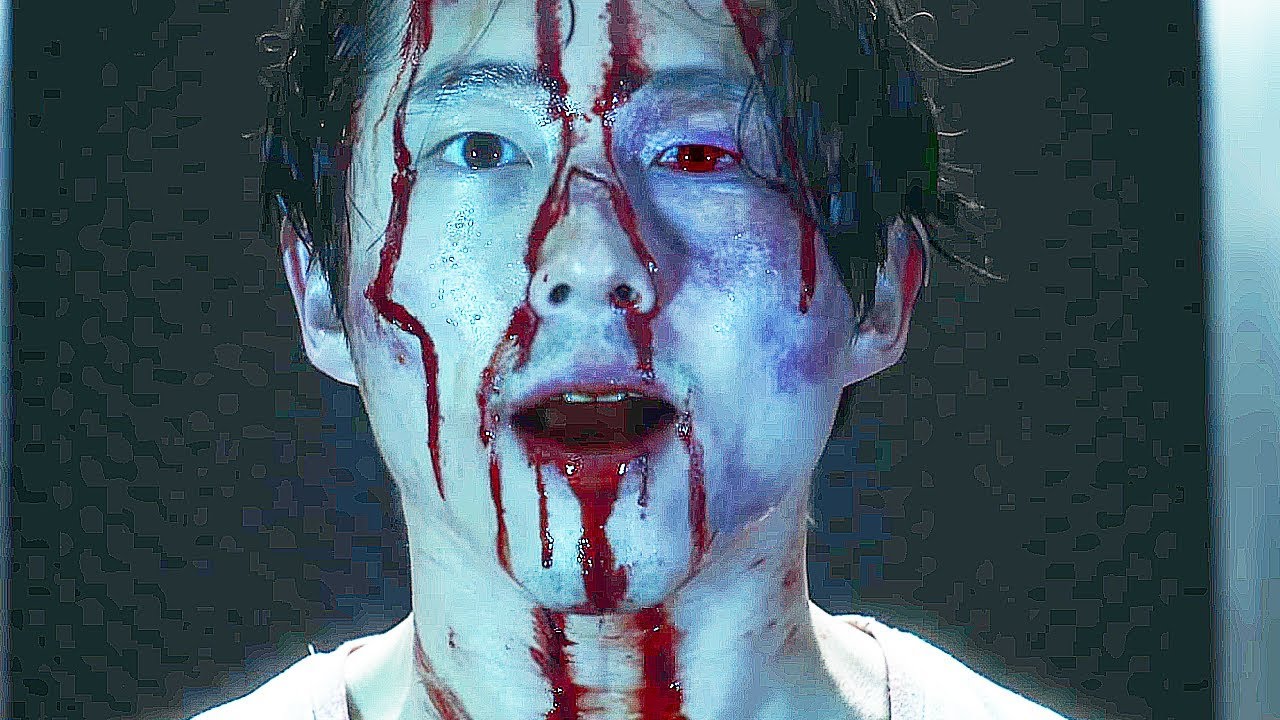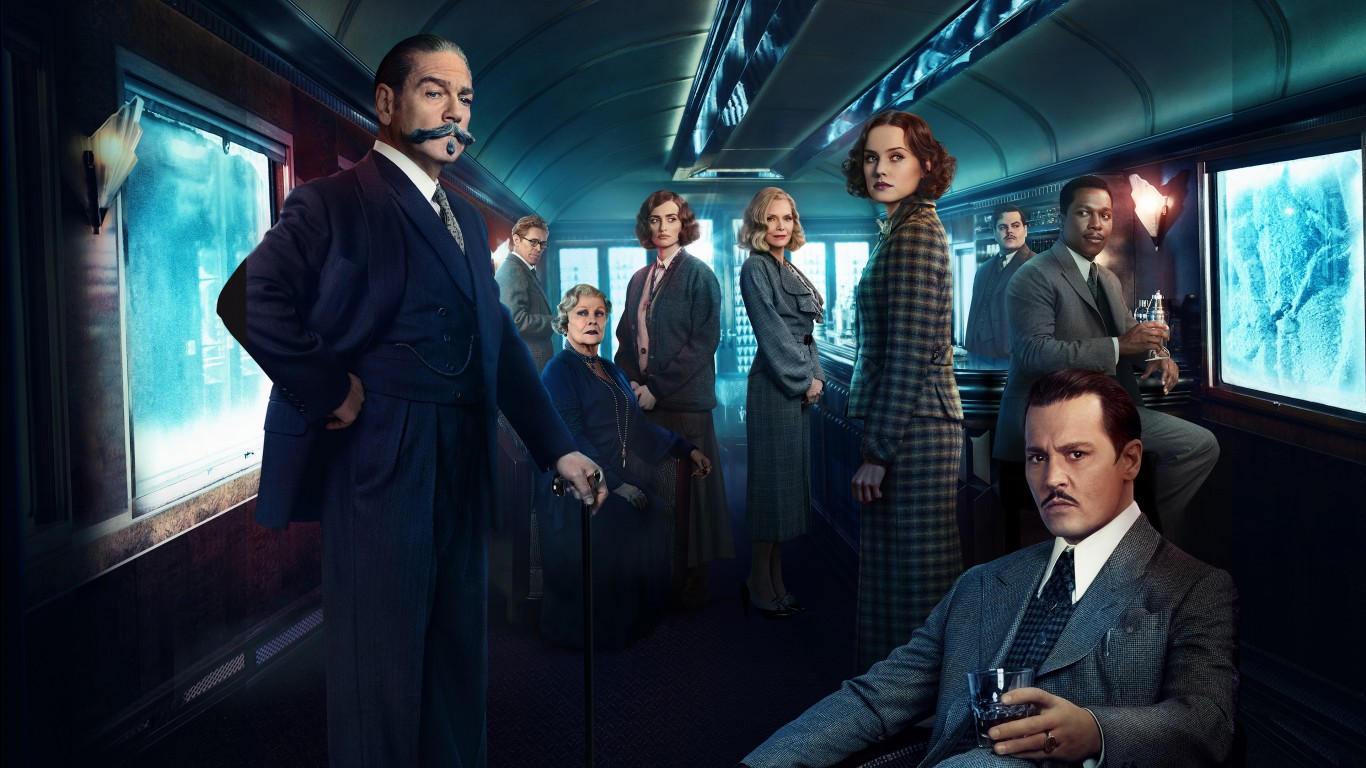“We’re on a mission from God.”
That might be one of many iconic lines from The Blues Brothers, but it speaks to some of the great storylines in horror—sometimes misdirected, sometimes well-intentioned, always scary. Here we pick through the many, including the dozens of tried and true exorcism flicks, to zero in on those that are truly faithful to their calling to serve God, no matter the generally disastrous, often bloody results.
5. Red State (2011)
I actually got to talk to Kevin Smith about a year before Red State was released. Our official topic was his Smodcasts, but given my particular weakness for genre filmmaking, I veered the questions toward his forthcoming entrance into horror.
He told me: “For years I’ve called myself a filmmaker, but it’s not really true. Really I just make Kevin Smith movies. I’m at that stage where I could make a Kevin Smith Movie with my eyes closed. Let me see if I can make another movie.”
That other movie was Red State – an underrated gem. Deceptively straightforward, Smith’s tale of a small, violently devout cult taken to using the internet to trap “homos and fornicators” for ritualistic murder cuts deeper than you might expect. Not simply satisfied with liberal finger-wagging, Smith’s film leaves no character burdened by innocence.
Pastor Abin Cooper spellbinds as delivered to us by Tarantino favorite Michael Parks. Never a false note, never a clichéd moment, Parks’s award-worthy performance fuels the entire picture.
There’s enough creepiness involved to call this a horror film, but truth be told, by about the midway point it turns to corrupt government action flick, with slightly lesser results. Still, the dialogue is surprisingly smart, and the cast brims with rock solid character actors, including John Goodman, Stephen Root, Melissa Leo and Kevin Pollak.
Smith said at the time: “I think we have something. It’s creepy and very finger-on-the-pulse and very much about America.”
Agreed.
4. The Conjuring (2013)
Welcome to 1971, the year the Perron family took one step inside their new home and screamed with horror, “My God, this wallpaper is hideous!”
Seriously, it often surprises me that civilization made it through the Seventies. Must every surface and ream of fabric be patterned? Still, the Perrons found survival tougher than most.
Yes, this is an old-fashioned ghost story, built from the ground up to push buttons of childhood terror. But don’t expect a long, slow burn. Director James Wan expertly balances suspense with quick, satisfying bursts of visual terror.
Ghost stories are hard to pull off, though, especially in the age of instant gratification. Few modern moviegoers have the patience for atmospheric dread, so filmmakers now turn to CGI to ramp up thrills.
But Wan understands the power of a flesh and blood villain in a way that other directors don’t seem to. He proved this with the creepy fun of Insidious, and surpasses those scares with this effort.
Claustrophobic when it needs to be and full of fun house moments, The Conjuring will scare you while you’re watching and stick with you after. At the very least, you’ll keep your feet tucked safely under the covers.
http://www.youtube.com/watch?v=Vjk2So3KvSQ
3. Nothing Bad Can Happen (2013)
This film is tough to watch, and the fact that it is based on a true story only makes the feat of endurance that much harder. But writer-director Katrin Gebbe mines this horrific tale for a peculiar point of view that suits it brilliantly and ensures that it is never simply a gratuitous wallowing in someone else’s suffering.
Tore (Julius Feldmeier) is an awkward teen in Germany. His best friend is Jesus. He means it. In fact, he’s so genuine and pure that when he lays his hands on stranded motorist Benno’s (Sascha Alexander Gersak) car, the engine starts.
Thus begins a relationship that devolves into a sociological exploration of button-pushing evil and submission to your own beliefs. Feldmeier is wondrous—so tender and vulnerable you will ache for him. Gersak is his equal in a role of burgeoning cruelty. The whole film has a, “you’re making me do this,” mentality that is hard to shake. It examines one peculiar nature of evil and does it so authentically as to leave you truly shaken.
2. Frailty (2001)
“He can make me dig this stupid hole, but he can’t make me pray.”
Aah, adolescence. We all bristle against our dad’s sense of morality and discipline, right? Well, some have a tougher time of it than others.
Bill Paxton (who also directs) stars as a widowed country dad awakened one night by an angel—or a bright light shining off the angel on top of a trophy on his ramshackle bedroom bookcase. Whichever—he understands now that he and his sons have been called by God to kill demons.
Whatever its flaws— too languid a pace, too trite an image of idyllic country life, Powers Boothe—Frailty manages to subvert every horror film expectation by playing right into them. We’re led through the saga of the serial killer God’s Hand by a troubled young man (Matthew McConaughey), who, with eerie quiet and reflection, recounts his childhood with Paxton’s character as a father.
Dread mounts as Paxton drags out the ambiguity over whether this man is insane, and his therefore good-hearted but wrong-headed behavior profoundly damaging his boys. Or could he really be chosen, and his sons likewise marked by God?
1. The Exorcist
For evocative, nerve jangling, demonic horror, you will not find better than The Exorcist.
Slow-moving, richly textured, gorgeously and thoughtfully framed, The Exorcist follows a very black and white, good versus evil conflict: Father Merrin V Satan for the soul of an innocent child.
But thanks to an intricate and nuanced screenplay adapted by William Peter Blatty from his own novel, the film boasts any number of flawed characters struggling to find faith and to do what’s right in this situation. And thanks to director William Friedkin’s immaculate filming, we are entranced by early wide shots of a golden Middle East, then brought closer to watch people running here and there on the Georgetown campus or on the streets of NYC.
Then we pull in a bit more: interiors of Chris MacNeil’s (Ellen Burstyn) place on location, the hospital where Fr. Karras’s mother is surrounded by forgotten souls, the labs and conference rooms where an impotent medical community fails to cure poor Regan (Linda Blair).
Then even closer, in the bedroom, where you can see Regan’s breath in the chilly air, and examine the flesh rotting off her young face. Here, in the intimacy, there’s no escaping that voice, toying with everyone with such vulgarity.
The voice belongs to Mercedes McCambridge, and she may have been the casting director’s greatest triumph. Of course, Jason Miller as poor, wounded Fr. Damien Karras could not have been better. Indeed, he, Burstyn, and young Linda Blair were all nominated for Oscars.
So was Friedkin, the director who balanced every scene to expose its divinity and warts, and to quietly build tension. When he was good and ready, he let that tension burst into explosions of terrifying mayhem that became a blueprint for dozens of films throughout the Seventies and marked a lasting icon for the genre.









